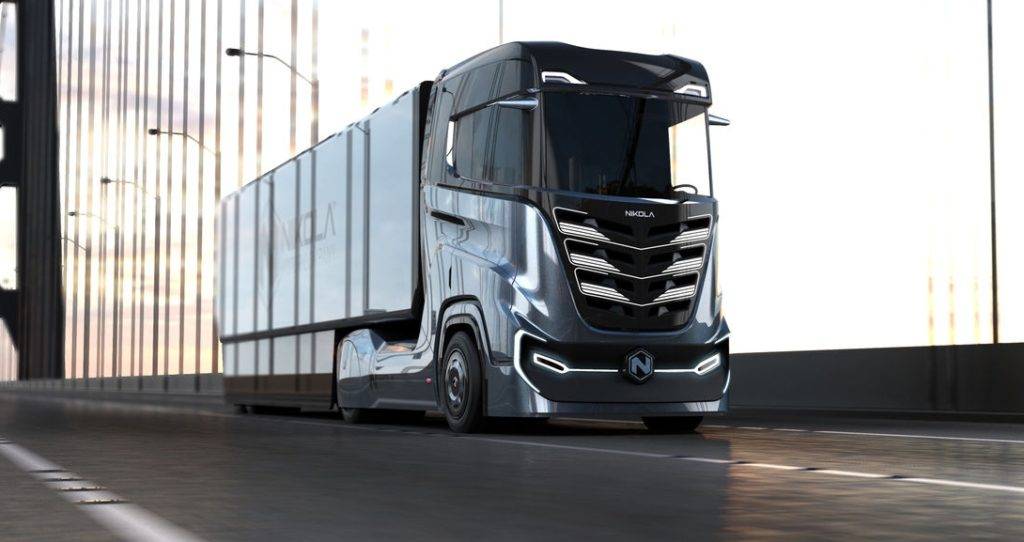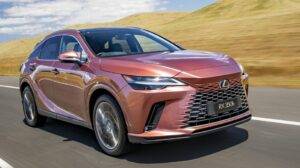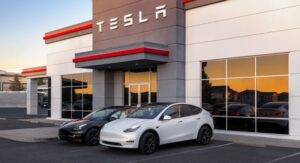Electric trucks offer advantages in distribution transport. For the long distance, however, there is still no infrastructure with corresponding charging stations or hydrogen filling stations.
The use of battery-powered electric drives or fuel cells in trucks is a long time coming. While vehicles used in distribution transport can be charged daily in the depot or have access to a hydrogen filling station, the Association of European Automobile Manufacturers (ACEA) still sees a long way to local emission-free mobility for long-distance transport.
According to estimates by the organization, at least 6,000 high-performance charging points would have to be installed along the motorways in Europe for a comprehensive supply of electrically powered trucks by 2030. This is the only way for the drivers, who are often under tight deadlines, to quickly recharge the truck batteries.
“The fact is that there is not a single public charging station for long-haul trucks today,” said ACEA Secretary General Erik Jonnaert. “In addition, there is still no standard for the required connectors.”
The charging points for cars that are currently being built by Ionity and other companies in Europe are not suitable for loading large trucks. The parking situation at the charging stations alone prevents the loading of teams or articulated lorries.
In order to meet the EU requirements for reducing CO2 emissions, the commercial vehicle industry must also use alternative drives. However, the use of liquefied petroleum gas or compressed natural gas (CNG) is also ruled out due to the insufficient number of petrol stations that can be controlled by trucks.
“Policy makers need to be aware of this alarming situation when they agree future CO2 targets for trucks,” said Erik Jonnaert. The situation here is similar to that in the car sector, where associations and manufacturers also demand greater political commitment.











More Stories
Tesla Introduces 84-Month Loans in the US Amid Rising Interest Rates
Opel automobiles: 125 years of history and a bright future
The Cars That Go Out of Production in 2023